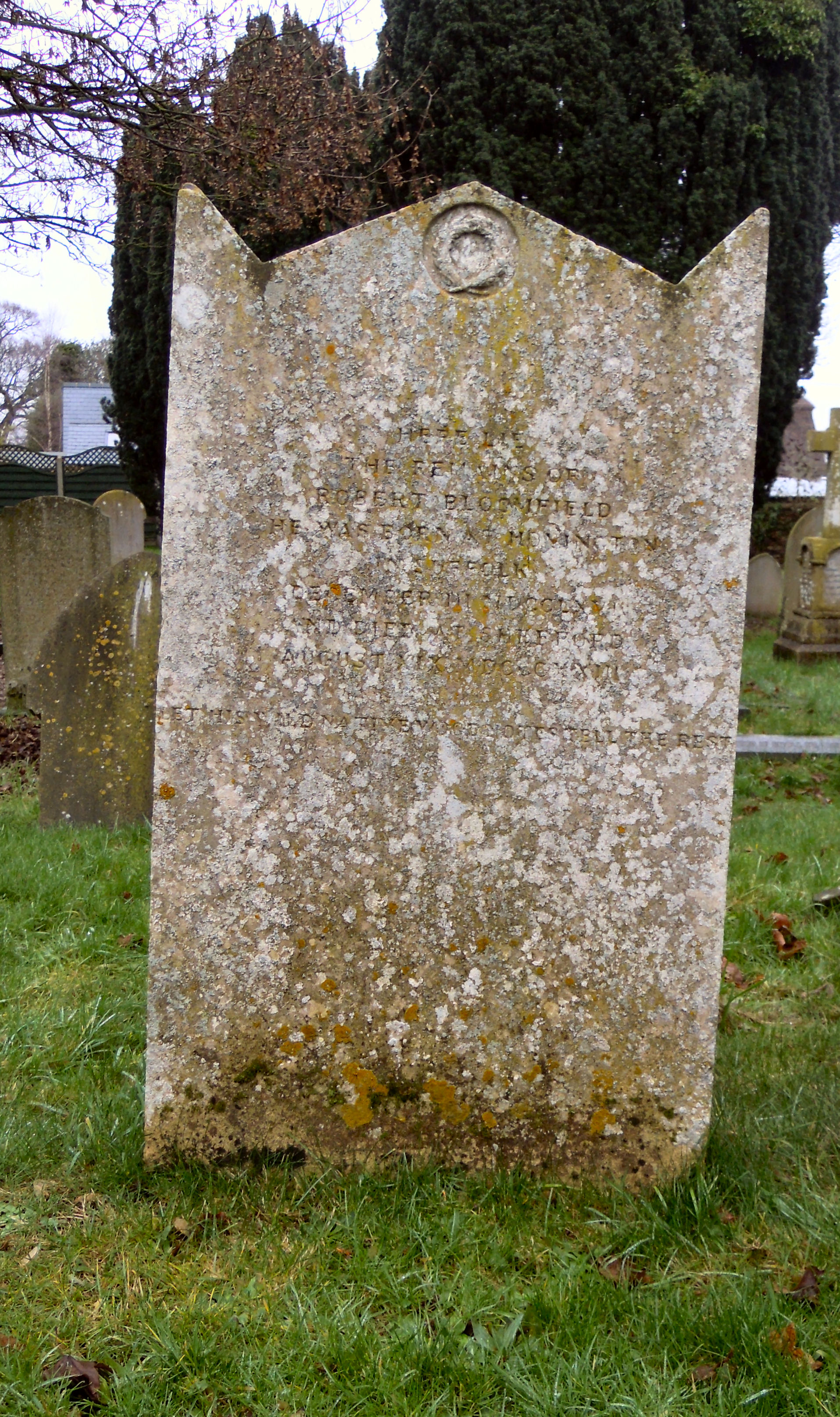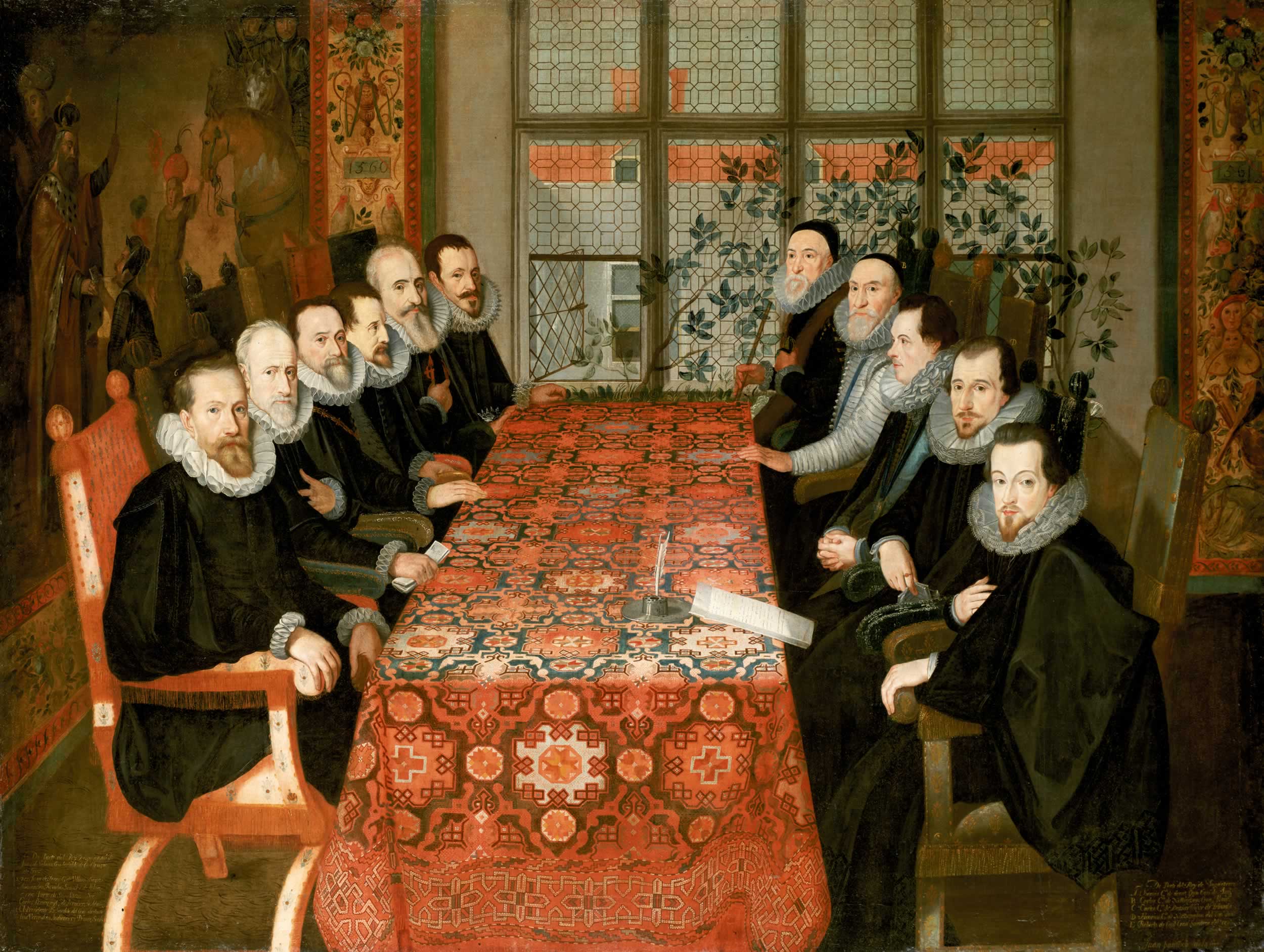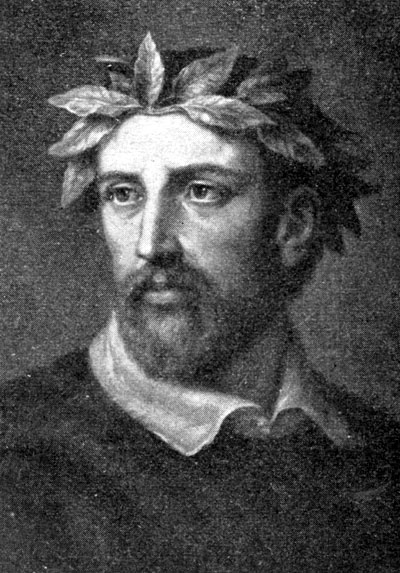|
Robert Bloomfield
Robert Bloomfield (3 December 1766 – 19 August 1823) was an English labouring-class poet, whose work is appreciated in the context of other self-educated writers, such as Stephen Duck, Mary Collier and John Clare. Life Robert Bloomfield was born into a poor family in the village of Honington, Suffolk.David Kaloustian, "Bloomfield, Robert (1766–1823)", ''Oxford Dictionary of National Biography'', Oxford University Press, 200Retrieved 4 March 2012/ref> His father was a tailor, who died of smallpox when his son was a year old. It was from his mother Elizabeth, who kept the village school, that he received the rudiments of education. Bloomfield was apprenticed at the age of eleven to his mother's brother-in-law, and worked on a farm that was part of the estate of the Duke of Grafton, his future patron. Four years later, owing to his small and weak stature (in adulthood just five feet tall), he was sent to London to work as a shoemaker under his elder brother George. One of ... [...More Info...] [...Related Items...] OR: [Wikipedia] [Google] [Baidu] |
Honington, Suffolk
Honington is a village and civil parish located in Bardwell Ward and Pakenham and Troston Wards of West Suffolk District Council, Suffolk in eastern England It is near to the border with Norfolk. It lies on the River Black Bourn, about 8 miles (13 km) from Bury St Edmunds and 6 miles (10 km) from Thetford, Norfolk. Much of the farmland belongs to the estate of the Duke of Grafton. The village is known for its RAF station, RAF Honington. It is also near two joint RAF/USAF airfields: RAF Lakenheath and RAF Mildenhall. Honington was the birthplace of the poet Robert Bloomfield. Position Honington is bordered to the north-east by Sapiston, to the north-west by Fakenham Magna, to the north by Euston, to the east by Bardwell, to the south-west by Troston, and to the south by Ixworth Thorpe. History The existence of the village is recorded in the Domesday Book. Before the dissolution of the monasteries under Henry VIII in the late 1530s, the land in the village was h ... [...More Info...] [...Related Items...] OR: [Wikipedia] [Google] [Baidu] |
Manuscript
A manuscript (abbreviated MS for singular and MSS for plural) was, traditionally, any document written by hand – or, once practical typewriters became available, typewritten – as opposed to mechanically printed or reproduced in some indirect or automated way. More recently, the term has come to be understood to further include ''any'' written, typed, or word-processed copy of an author's work, as distinguished from the rendition as a printed version of the same. Before the arrival of printing, all documents and books were manuscripts. Manuscripts are not defined by their contents, which may combine writing with mathematical calculations, maps, music notation, explanatory figures, or illustrations. Terminology The study of the writing in surviving manuscripts, the "hand", is termed palaeography (or paleography). The traditional abbreviations are MS for manuscript and MSS for manuscripts, while the forms MS., ms or ms. for singular, and MSS., mss or mss. f ... [...More Info...] [...Related Items...] OR: [Wikipedia] [Google] [Baidu] |
Church Of All Saints, Campton
The Church of All Saints is the Anglican parish church in the village of Campton, Shefford, Bedfordshire, England. Its official title is Campton and Chicksands Parish and encompasses the villages of Campton and Chicksands and the nearby military base, despite the base having its own church dedicated to Saint Gilbert of Sempringham. The military church is a non-denominational church, so it is not a part of the Anglican parish. The building has been Grade II* listed since 1966. History The church dates back to the 13th Century and was originally constructed from red sandstone hewn blocks. It has been added to and rebuilt many times over the last eight centuries, including the addition of the Osborn Mausoleum in 1649 and the Osborn Chapel in the same year (which forms the northern part of the church). Several of the Osborn crests and mottoes adorn the church which in Latin is 'Quantum in Rebus Inane,' and translates as 'What vanity in human affairs.' The tower is high and ... [...More Info...] [...Related Items...] OR: [Wikipedia] [Google] [Baidu] |
Robert Bloomfield Grave Campton
The name Robert is an ancient Germanic given name, from Proto-Germanic "fame" and "bright" (''Hrōþiberhtaz''). Compare Old Dutch ''Robrecht'' and Old High German ''Hrodebert'' (a compound of '' Hruod'' ( non, Hróðr) "fame, glory, honour, praise, renown" and ''berht'' "bright, light, shining"). It is the second most frequently used given name of ancient Germanic origin. It is also in use as a surname. Another commonly used form of the name is Rupert. After becoming widely used in Continental Europe it entered England in its Old French form ''Robert'', where an Old English cognate form (''Hrēodbēorht'', ''Hrodberht'', ''Hrēodbēorð'', ''Hrœdbœrð'', ''Hrœdberð'', ''Hrōðberχtŕ'') had existed before the Norman Conquest. The feminine version is Roberta. The Italian, Portuguese, and Spanish form is Roberto. Robert is also a common name in many Germanic languages, including English, German, Dutch, Norwegian, Swedish, Scots, Danish, and Icelandic. It can be use ... [...More Info...] [...Related Items...] OR: [Wikipedia] [Google] [Baidu] |
Aeolian Harp
An Aeolian harp (also wind harp) is a musical instrument that is played by the wind. Named for Aeolus, the ancient Greek god of the wind, the traditional Aeolian harp is essentially a wooden box including a sounding board, with strings stretched lengthwise across two bridges. It is often placed in a slightly opened window where the wind can blow across the strings to produce sounds. The strings can be made of different materials (or thicknesses) and all be tuned to the same pitch, or identical strings can be tuned to different pitches. Besides being the only string instrument played solely by the wind, the Aeolian harp is also the only string instrument that plays solely harmonic frequencies. They are recognizable by the sound which is a result of this property, which has been described as eerie and ethereal. The Aeolian harp – already known in the ancient world – was first described by Athanasius Kircher (1602–1680) in his books '' Musurgia Universalis'' (1650) and ''Ph ... [...More Info...] [...Related Items...] OR: [Wikipedia] [Google] [Baidu] |
Edward Jenner
Edward Jenner, (17 May 1749 – 26 January 1823) was a British physician and scientist who pioneered the concept of vaccines, and created the smallpox vaccine, the world's first vaccine. The terms ''vaccine'' and ''vaccination'' are derived from ''Variolae vaccinae'' ('pustules of the cow'), the term devised by Jenner to denote cowpox. He used it in 1798 in the title of his ''Inquiry into the Variolae vaccinae known as the Cow Pox'', in which he described the protective effect of cowpox against smallpox. In the West, Jenner is often called "the father of immunology", and his work is said to have saved "more lives than any other man". In Jenner's time, smallpox killed around 10% of global population, with the number as high as 20% in towns and cities where infection spread more easily. In 1821, he was appointed physician to King George IV, and was also made mayor of Berkeley and justice of the peace. A member of the Royal Society. In the field of zoology, he was among the ... [...More Info...] [...Related Items...] OR: [Wikipedia] [Google] [Baidu] |
John Faucit Saville
John Faucit Savill or Saville, also known as John Savill(e) Faucit, stage name Mr Faucit, (1783?–1853) was an English actor, playwright and theatre manager. He married Harriet Diddear, later known as Harriet Elizabeth Savill and as Mrs Faucit. They had six children including the actress Helena Faucit Helena Saville Faucit, Lady Martin (11 October 1817 – 31 October 1898) was an English actress. Early life Born in London, she was the daughter of actors John Saville Faucit and Harriet Elizabeth Savill. Her parents separated when she was a gi ... (also known as Helen). References 1780s births 1853 deaths English male stage actors English theatre managers and producers English dramatists and playwrights 19th-century British businesspeople 19th-century English male actors {{England-actor-stub ... [...More Info...] [...Related Items...] OR: [Wikipedia] [Google] [Baidu] |
Somerset House
Somerset House is a large Neoclassical complex situated on the south side of the Strand in central London, overlooking the River Thames, just east of Waterloo Bridge. The Georgian era quadrangle was built on the site of a Tudor palace ("Old Somerset House") originally belonging to the Duke of Somerset. The present Somerset House was designed by Sir William Chambers, begun in 1776, and was further extended with Victorian era outer wings to the east and west in 1831 and 1856 respectively.Humphreys (2003), pp. 165–166 The site of Somerset House stood directly on the River Thames until the Victoria Embankment parkway was built in the late 1860s. The great Georgian era structure was built to be a grand public building housing various government and public-benefit society offices. Its present tenants are a mixture of various organisations, generally centred around the arts and education. Old Somerset House 16th century In the 16th century, the Strand, the north bank of ... [...More Info...] [...Related Items...] OR: [Wikipedia] [Google] [Baidu] |
Euston Hall
Euston Hall is a country house, with park by William Kent and Capability Brown, located in Euston, a small village in Suffolk located just south of Thetford, England. It is the family home of the Dukes of Grafton. The Hall Euston first appears in the Domesday Book in 1087 as a manor belonging to Bury St. Edmunds Abbey. In August 1578, Elizabeth I stayed at the manor hall with the Rookwood family on her way to Norwich. The owner was a recusant and during the royal visit an image of the Virgin Mary was discovered hidden in a hay rick. The estate, in near ruin, was purchased in 1666 by Henry Bennet, Earl of Arlington and Secretary of State to the newly restored King, Charles II. He constructed a grand house in the French style, built around a central court with large pavilions on each corner. Charles II paid the first of several visits to Euston in 1671. John Evelyn, the diarist, was amongst the large court that accompanied the King. In 1672 Charles II arranged a marriage between ... [...More Info...] [...Related Items...] OR: [Wikipedia] [Google] [Baidu] |
Robert Bloomfield House Shefford 2017
The name Robert is an ancient Germanic given name, from Proto-Germanic "fame" and "bright" (''Hrōþiberhtaz''). Compare Old Dutch ''Robrecht'' and Old High German ''Hrodebert'' (a compound of '' Hruod'' ( non, Hróðr) "fame, glory, honour, praise, renown" and ''berht'' "bright, light, shining"). It is the second most frequently used given name of ancient Germanic origin. It is also in use as a surname. Another commonly used form of the name is Rupert. After becoming widely used in Continental Europe it entered England in its Old French form ''Robert'', where an Old English cognate form (''Hrēodbēorht'', ''Hrodberht'', ''Hrēodbēorð'', ''Hrœdbœrð'', ''Hrœdberð'', ''Hrōðberχtŕ'') had existed before the Norman Conquest. The feminine version is Roberta. The Italian, Portuguese, and Spanish form is Roberto. Robert is also a common name in many Germanic languages, including English, German, Dutch, Norwegian, Swedish, Scots, Danish, and Icelandic. It can be u ... [...More Info...] [...Related Items...] OR: [Wikipedia] [Google] [Baidu] |
Poet Laureate
A poet laureate (plural: poets laureate) is a poet officially appointed by a government or conferring institution, typically expected to compose poems for special events and occasions. Albertino Mussato of Padua and Francesco Petrarca (Petrarch) of Arezzo were the first to be crowned poets laureate after the classical age, respectively in 1315 and 1342. In Britain, the term dates from the appointment of Bernard André by Henry VII of England. The royal office of Poet Laureate in England dates from the appointment of John Dryden in 1668. In modern times a poet laureate title may be conferred by an organization such as the Poetry Foundation, which designates a Young People's Poet Laureate, unconnected with the National Youth Poet Laureate and the United States Poet Laureate. The office is also popular with regional and community groups. Examples include the Pikes Peak Poet Laureate, which is designated by a "Presenting Partners" group from within the community, the Minnesota p ... [...More Info...] [...Related Items...] OR: [Wikipedia] [Google] [Baidu] |
Robert Southey
Robert Southey ( or ; 12 August 1774 – 21 March 1843) was an English poet of the Romantic school, and Poet Laureate from 1813 until his death. Like the other Lake Poets, William Wordsworth and Samuel Taylor Coleridge, Southey began as a radical but became steadily more conservative as he gained respect for Britain and its institutions. Other romantics such as Byron accused him of siding with the establishment for money and status. He is remembered especially for the poem " After Blenheim" and the original version of " Goldilocks and the Three Bears". Life Robert Southey was born in Wine Street, Bristol, to Robert Southey and Margaret Hill. He was educated at Westminster School, London (where he was expelled for writing an article in ''The Flagellant'', a magazine he originated, Margaret Drabble ed: ''The Oxford Companion to English Literature'' (6th edition, Oxford, 2000), pp 953-4. attributing the invention of flogging to the Devil), and at Balliol College, Oxford. So ... [...More Info...] [...Related Items...] OR: [Wikipedia] [Google] [Baidu] |







